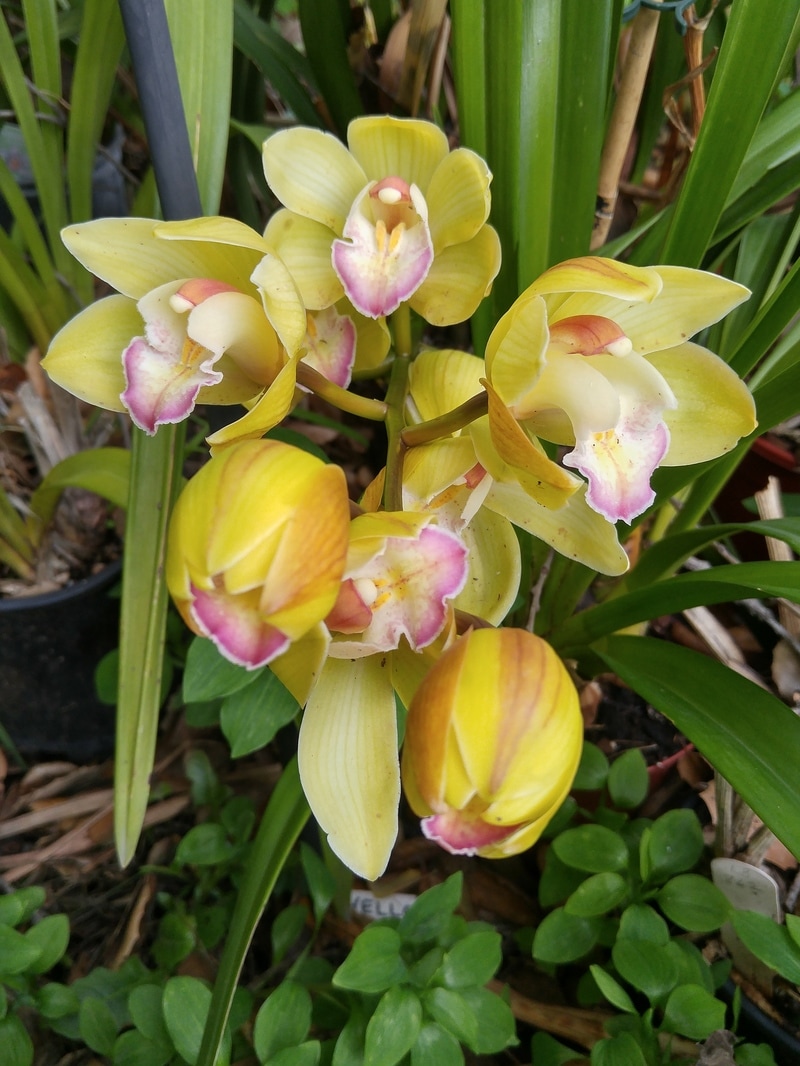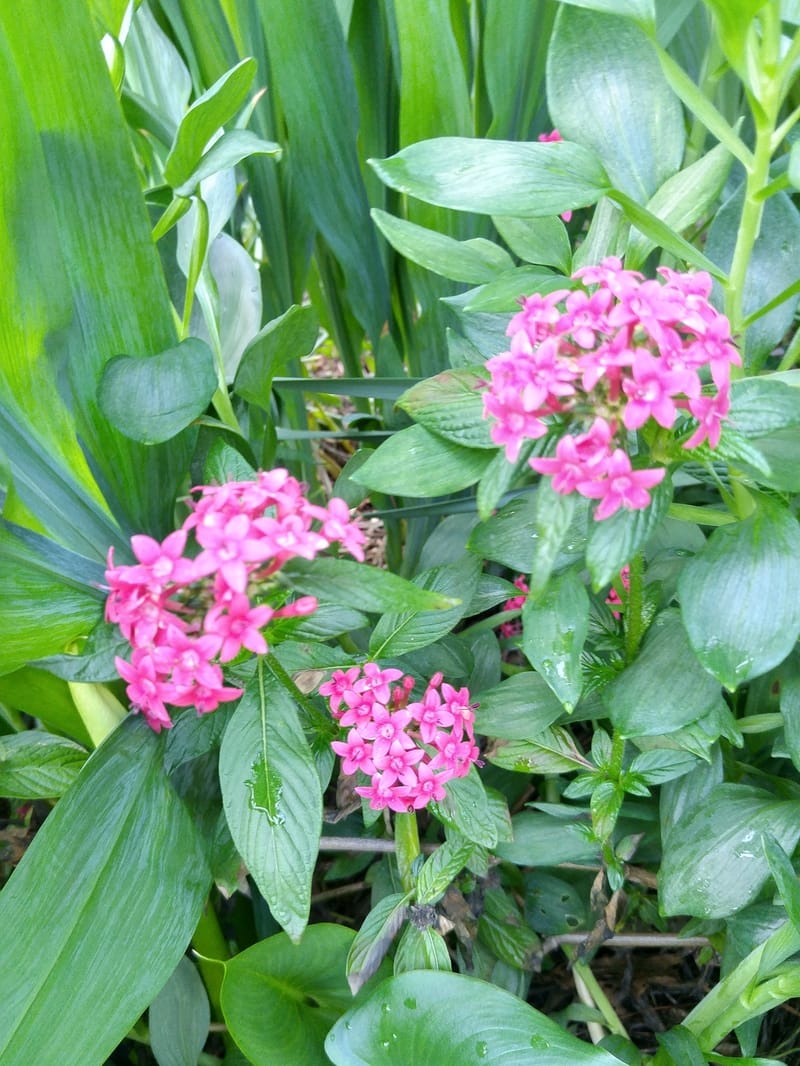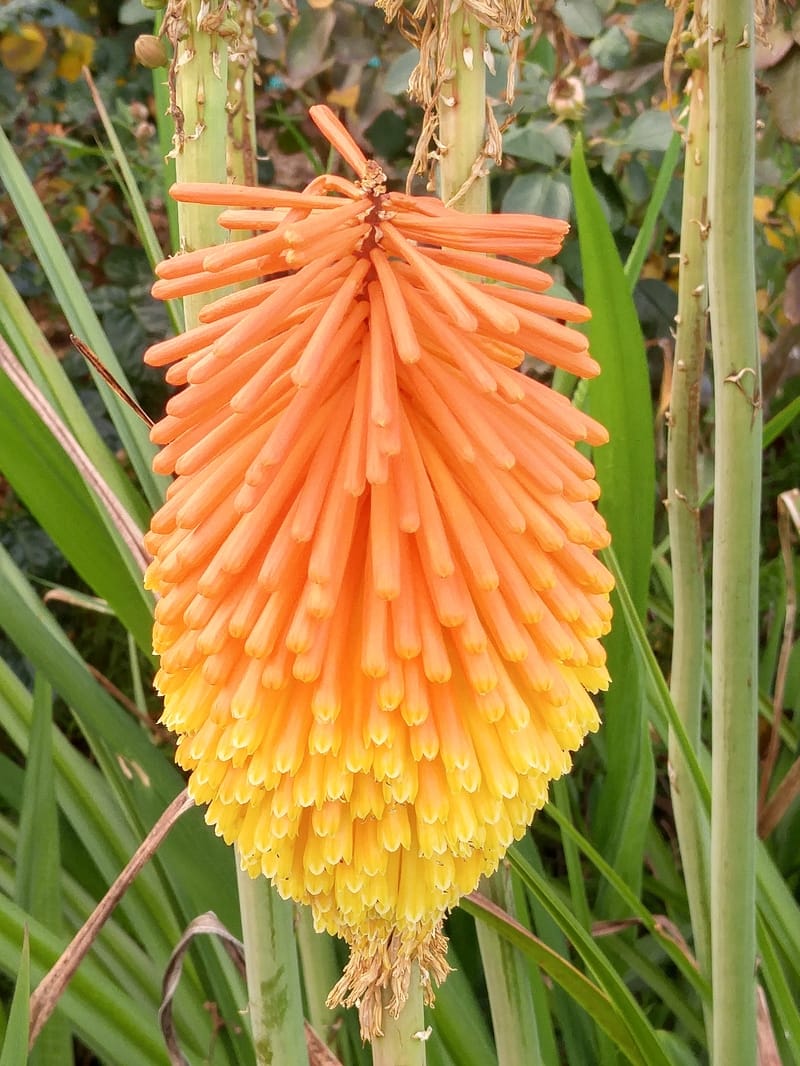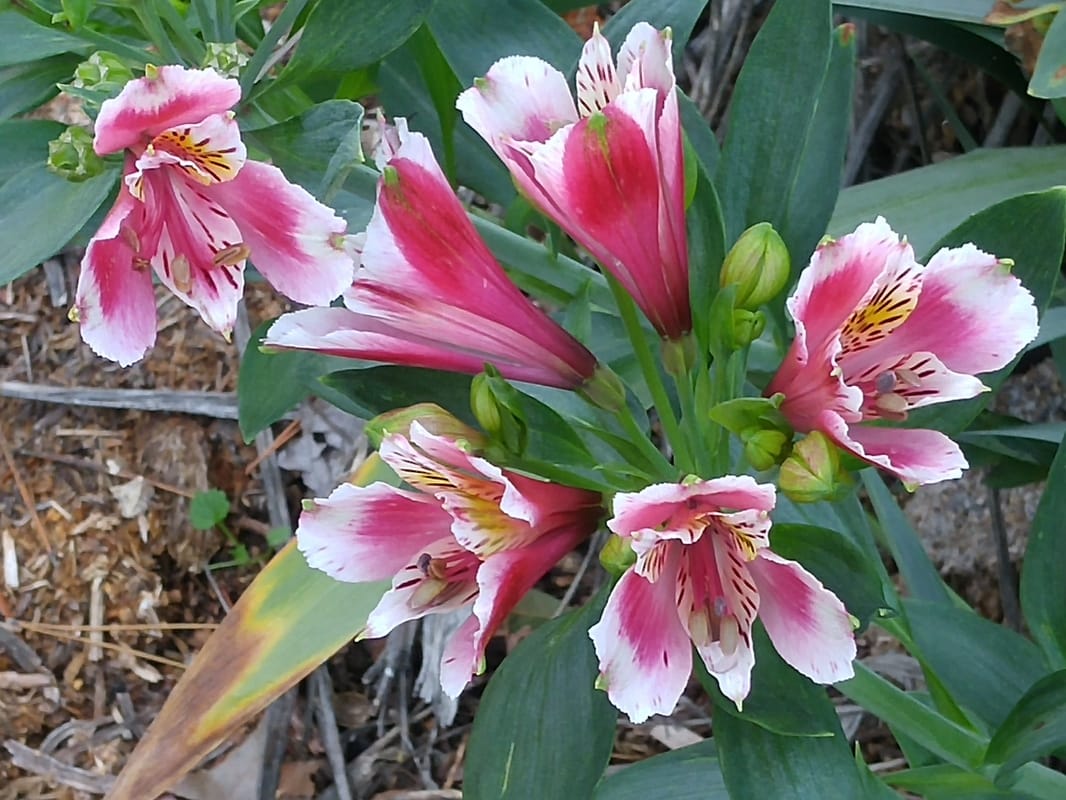| | The last several nights have threatened frost, even down here in the mid-lowlands of my garden in the southern section of Pasadena. While the end of January is the average last frost date for our area, I haven’t worried much about it for quite a few years since we haven’t had even a light frost in more than a decade. But the possibility is always there at this time of year, especially for more highland gardens than mine. So, here are some thoughts to help you understand the possibility/probability in your locale. Why Frost Happens Frost – or indeed any “bad” thing – actually happening in our gardens is the result of several factors that I’ve adapted from the Plant Pathology “Disease Triangle.”
How to Protect Against Future Frosts You can change a couple of the environmental conditions to preclude frost damage. First, recognize that frost falls straight down on still nights.
If Some of Your Plants Have Already Been Nipped You may not know for several days whether a plant has been damaged by frost, since the foliage may not go limp and shrivel for a while. When you do see damage, it’s best to not trim it off immediately, even though this may offend your sense of aesthetics and desire to keep plants neatly trimmed. The dead foliage will serve as protective interference for the tender interior of the plant from further damage from later frosts. Although it may take a month or so for new growth to appear, it will define precisely how far the dieback actually occurred on each branch – sometimes considerably less than you would have guessed when first observing wilted leaves. |
|
0 Comments
|
Categories |











































 RSS Feed
RSS Feed